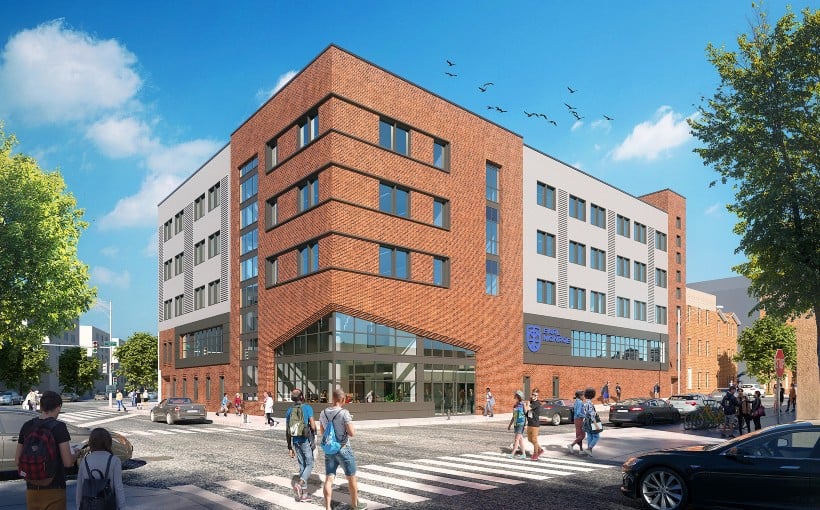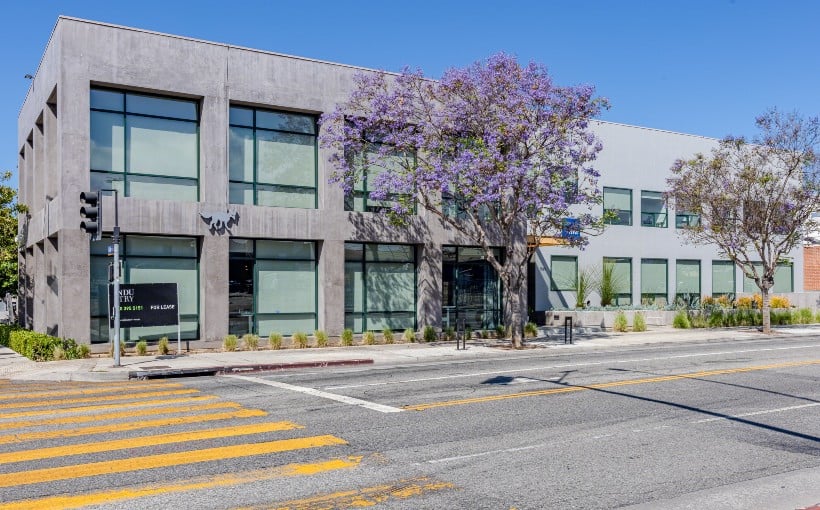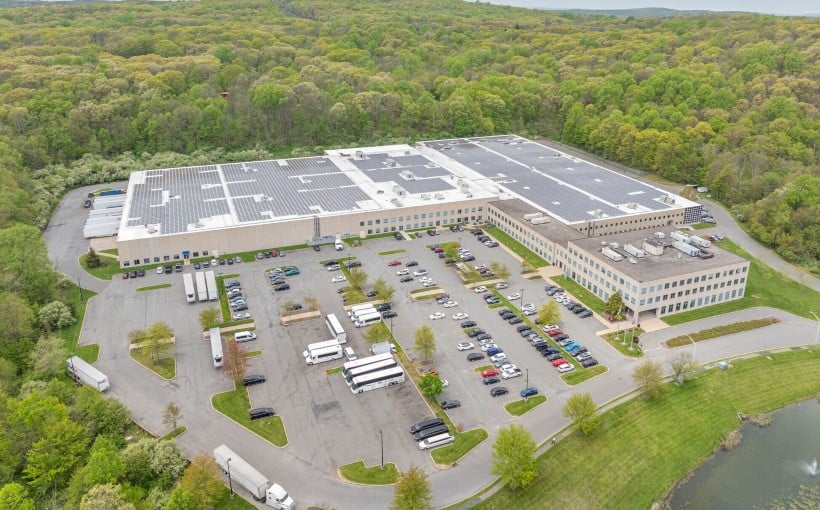**Multifamily and Solar: More Than Sustainability**
*By Connect CRE Staff*
Energy expenses are a significant cost for multifamily property owners and landlords. On average, utility costs per apartment unit total $253.14 per month, with $150.93 specifically allocated to electricity. Whether the tenant or the building owner foots the bill, these costs represent a sizable financial burden.
According to Patrick Sterns, Vice President of Regulatory & Policy at PearlX, energy expenses are expected to increase in the future. While clean energy sources such as solar and wind are often cited as contributors to rising prices, Sterns counters that narrative. In reality, he says, these renewable systems are more cost-effective than supporting and maintaining outdated energy infrastructure. With a solar system in place, a multifamily building’s energy bill can be reduced by up to 90%, leaving only incidental charges related to grid connectivity.
### The Expense of Energy
One reason energy costs are so high lies in how utilities operate and generate revenue. “On the whole, utility companies aren’t making money by selling electricity,” Sterns explained. “They make a guaranteed rate of return on investments and upgrades to the power grid.” These expenditures—often approved by public utility commissions (PUCs)—frequently go to upgrading aging infrastructure or addressing deferred maintenance. The result? Utility rates continue to climb, and utility companies receive guaranteed profits from capital spending.
### Clean Energy = Lower Costs
Solar and wind energy sources are among the least expensive methods of energy generation currently deployed. According to the Solar Energy Industries Association, 80% of the new electrical generation added to the national grid comes from solar and battery systems.
Clean energy projects also typically come online faster than fossil-fuel-dependent infrastructure. A new gas power plant can take anywhere from five to seven years to complete, while a solar energy farm might only require two. Sterns also highlighted that gas turbines are currently in short supply, further delaying the development of new natural gas facilities.
Once a solar farm is operational, it sidesteps many of the maintenance challenges facing traditional energy sources—like falling tree limbs or the need for power line expansion. While transporting solar energy from remote desert installations to urban centers can be costly, distributed or localized systems like rooftop solar panels circumvent this need entirely.
### The Pros and Cons of Solar for Multifamily Properties
Adopting solar energy offers a host of benefits for multifamily properties beyond energy cost savings. According to Sterns, these include:
– Increased property value
– Greater tenant attraction and retention
– New revenue streams
– Easier installation processes
– Eligibility for government tax credits
Furthermore, solar systems support broader property electrification. “Once you have cheap and abundant solar energy on hand, it’s easier to add electric vehicle (EV) chargers, efficient heat pump systems, and electric appliances,” Sterns said. These additions modernize the building and can further boost property value.
However, it’s not all smooth sailing. Sterns cautioned that navigating utility and permitting approvals to install solar systems can be complex. Utility companies often dictate whether solar installations move forward, and the process involves multiple layers of bureaucracy, with various “authorities having jurisdiction” or AHJs needing to sign off.
The global supply chain poses another challenge. Trade tensions, tariffs, and logistical bottlenecks can disrupt access to materials needed for solar panel manufacturing and installation. Maintenance and system upkeep also require consideration.
Additionally, solar may not be feasible for all building types. High-rise complexes in urban areas often lack sufficient roof space for panel installation. In regions with significant snowfall, even light coverage can impede solar panel effectiveness.
### The Takeaway
As energy prices continue to rise, solar power presents a compelling solution for multifamily property owners and operators. Beyond sustainability, solar energy offers financial incentives, property enhancements, and potential new income sources.
“From a multifamily owner’s perspective, solar power is a no-brainer,” Sterns concluded. “It’s one of the cheapest forms of energy, and the value proposition is truly multifaceted.”
_This article previously appeared on ApartmentBuildings.com._




